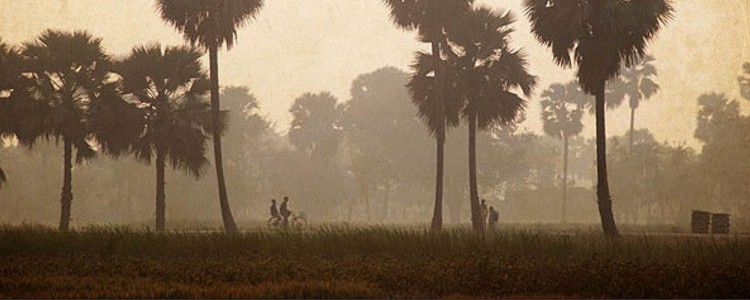Damon Galgut, “Arctic Summer”
 The closer he came to those caves, the more he began to falter. He knew that something took place in the dark, a sexual attack across racial lines. The caves held that kind of power. But it wasn’t simply a question of the action; it was what the action arose from — what it meant. The problem was fundamental. No matter how he tried it, the words sat on top of the deed; they had no soil and no roots. There was something wrong with how he had imagined it, something essentially dishonest and out of balance, and as his narrative crept toward the threshold, the rock refused to open for him. ( p.142)
The closer he came to those caves, the more he began to falter. He knew that something took place in the dark, a sexual attack across racial lines. The caves held that kind of power. But it wasn’t simply a question of the action; it was what the action arose from — what it meant. The problem was fundamental. No matter how he tried it, the words sat on top of the deed; they had no soil and no roots. There was something wrong with how he had imagined it, something essentially dishonest and out of balance, and as his narrative crept toward the threshold, the rock refused to open for him. ( p.142)
E. M. Forster is known for his novels Howards End and A Passage to India. He also left an unfinished novel Arctic Summer. He began writing it in 1909 but it was never published. More than a century later, South African writer, Damon Galgut has written a fictional biography of E. M. Forster. He says, “I have used actual dialogue recorded by Forster ( and others) in letters or diaries, I have sometimes altered the words a little, on the assumption that nobody recalls conversations, even their own, with complete certainty.”
Arctic Summer begins with a journey that Forster makes to India in October 1912. He was following a young Indian whom he had met in England — Syed Ross Masood, associated with the Aligarh Muslim University. The book is a well-researched account of E. M. Forster’s life, his search for love, living under the shadow of his mother even though he was beginning to be recognised as a successful author. Yet the novel is written so gently and with a great deal of sensitivity, it is also difficult to distinguish between the real and imagined worlds, a credit to Damon Galgut’s fine craftsmanship.
A bio-fic is one of the best ways to know a historical period, apart from getting to know the protagonist/figure intimately. It is probably one of the most demanding genres to be dabbling in. The author has to do extensive research to get the facts right, then creatively build a story, suitable for contemporary readers, bordering on historical fiction but focused upon one person ( in this case Forster) to carry the story forward. Prior to Arctic Summer the seminal biography of Forster was written by P. N. Furbank ( whom Damon Galgut met as well). Arctic Summer though accurate about many details of Forster’s life tends to make details public about his homosexual relationships than probably Forster would not want to acknowledge so openly; though many of his close friends knew of these liaisons. Maybe Damon Galgut has the good fortune of being able to write Arctic Summer at a point of time when conversations about same-sex relationships are recognised and being discussed regularly in society, albeit some people continue to view such alliances with hostility, anger and outrage. So to take a respected author such as Forster, to discuss his sexual life as being an inextricable part of his career ( since for love he travelled to India the first time), Damon Galgut has taken on a bold aspect of Forster’s life — homosexuality— and created a fantastic story. It is also appropriate to publish Arctic Summer in 2014 when there is a flood of literature on World War I; this will be top of that heap, probably even on the list of some literary awards.
Damon Galgut Arctic Summer Aleph Book Company, New Delhi, 2014. Hb. pp. 360 Rs. 595






